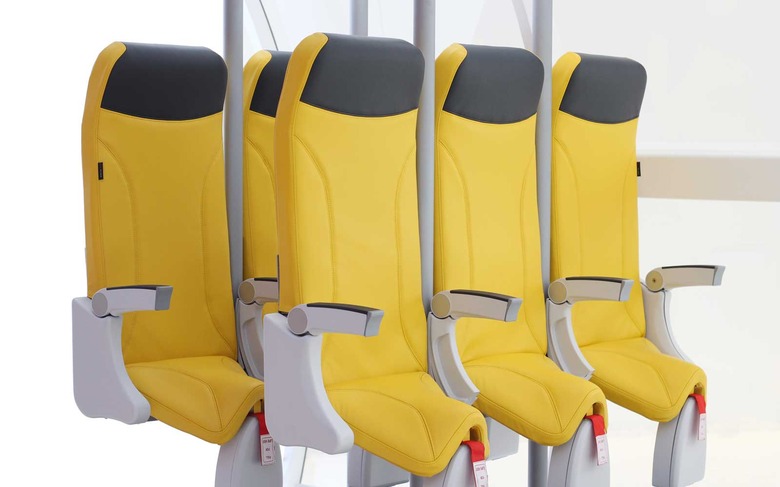Airline Seat Size Rule Request Dismissed Again By FAA
The FAA has refused to force airlines to offer more legroom, rejecting calls for legal minimums and dismissing concerns that cramped seating in cabins could present an evacuation risk. The Federal Aviation Administration had been forced to reconsider regulatory requirements for airplane seating, after a judge ruled in favor of a consumer group in a lawsuit last year.
Flyers Rights, a group which describes itself as the largest US airline passenger organization, petitioned the US Court of Appeals for the District of Columbia Circuit to force the FAA to impose standards on airlines. It argued that a trend of shrinking seat sizes represented a potential hazard in the case of an emergency. The operators' desire to squeeze more people into every plane has led to narrower seats, together with a reduction in seat pitch between your seat and the row ahead.
The FAA initially opted to keep out of the argument, though was forced back into discussion after 2017's court ruling. Now, in a letter published late on Monday, it has maintained that there's no direct safety concern raised by reducing seat sizes. According to the agency, the bottleneck remains elsewhere in the evacuation process.
"The FAA has no evidence that a typical passenger, even a larger one, will take more than a couple of seconds to get out of his or her seat, or that such time will approach the time necessary to get the emergency exits functional," Dorenda D. Baker, executive director in charge of aviation safety at the FAA, wrote in a letter to Flyers Rights. "The FAA also has no evidence that current seat sizes are a factor in evacuation speed, nor that current seat sizes create a safety issue necessitating rulemaking, because the time to stand up from one's seat is less than the time it will take for the exit door to be opened and, for most passengers, for the aisle to clear."
Among the evidence pointed to in support of its decision, the FAA cited airline safety demonstrations which showed passengers able to exit cabins even with 16-inch wide seats and 28-inch pitch. It also took issue with complaints that passengers would be unable to adopt the "crash position" by bending over in their seats. That "acceptable brace position," it countered, could just as well be "leaning forward with your head on the back of the seat in front of you."

Part of the FAA's decision is seemingly based on the idea that it doesn't expect airlines to get any more aggressive with their cabin antics. Although some airplane seat-makers are pushing designs which could potentially reduce pitch to just 23-inches, the Federal Aviation Authority can't, apparently, see that taking off.
"Moreover," Baker's letter continued, "the FAA does not expect seat pitch to drop so significantly from current levels that it meaningfully affects evacuation speed." In its testing for flight safety evacuation drills, Boeing wrote in a statement to the agency, it reconfigured a plane with a more condensed layout – 8-abreast seating, with 16.5-inch seat width and 28-inch seat pitch – than "normally used" in the US by airlines. "In all cases," the aircraft-maker wrote, "passengers were able to reach the exit well before the escape slide was erected and ready for use."
Flyers Rights has indicated that it may well appeal the decision again. The FAA has said that it considers the issue to be of "lower priority" than other areas of its focus.
